Noticia
Students conducted research on the radiological risk of developing lung cancer
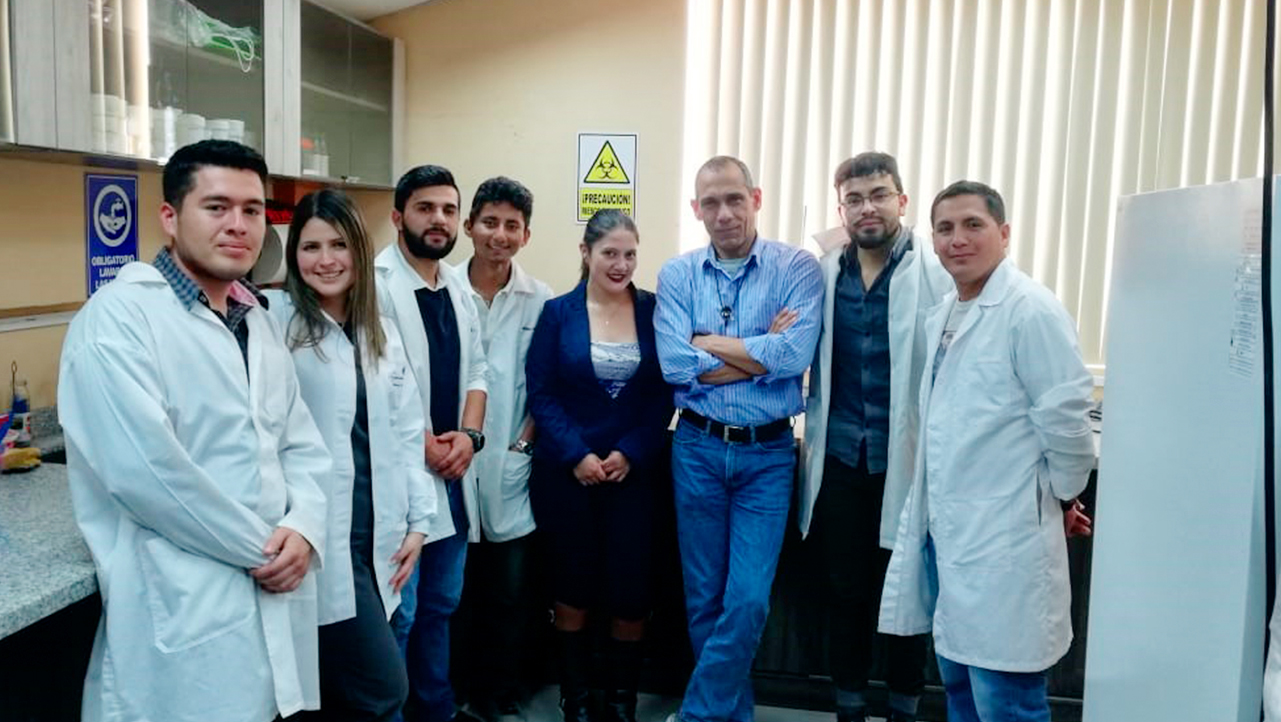
The environmental engineering undergraduate program in our branch campus in Cuenca presented the results of their research on the radiological risk of developing lung cancer due to the inhalation of Radon – 222; the study was conducted in two pottery workshops.
Tony Viloria, professor and students of environmental engineering, attended a meeting at the Municipality to talk to professional potters from the city of Cuenca and present the results of this research.
Radon - 222 is a radioactive gas of natural origin from the disintegration of Radio-226, contained in different products of terrestrial origin, including clay (raw material of potters)
This radioactive was declared a human carcinogen by the US Environmental Protection Agency (EPA) in 1987 and by the International Cancer Research Center (IARC) in 1988. Several studies have determined that it is the leading cause of lung cancer among non-smokers and the second among smokers.
The research carried out in the Environmental Radioactivity and Toxicology Laboratory of the Environmental Engineering program, found that the levels of Radon - 222 which potters are exposed in the two shops, exceed the intervention levels indicated in the North American and European regulations.
A report was written with the results and then presented to owners of pottery workshops, who requested a meeting with associations to disseminate the information and allow the research to be carried out in the largest possible number of workshops in order to have a better diagnosis of the situation.
Contenidos Relacionados
Contenidos Relacionados
Noticias Relacionadas
Noticias Relacionadas

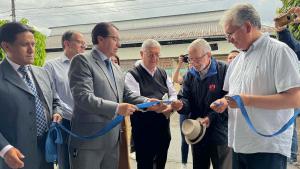
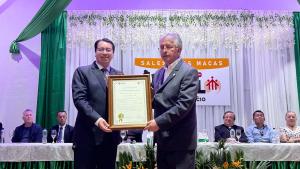
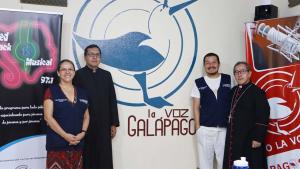
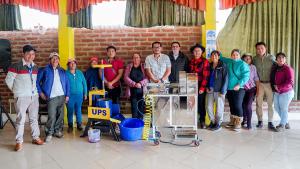
Follow us
Follow us